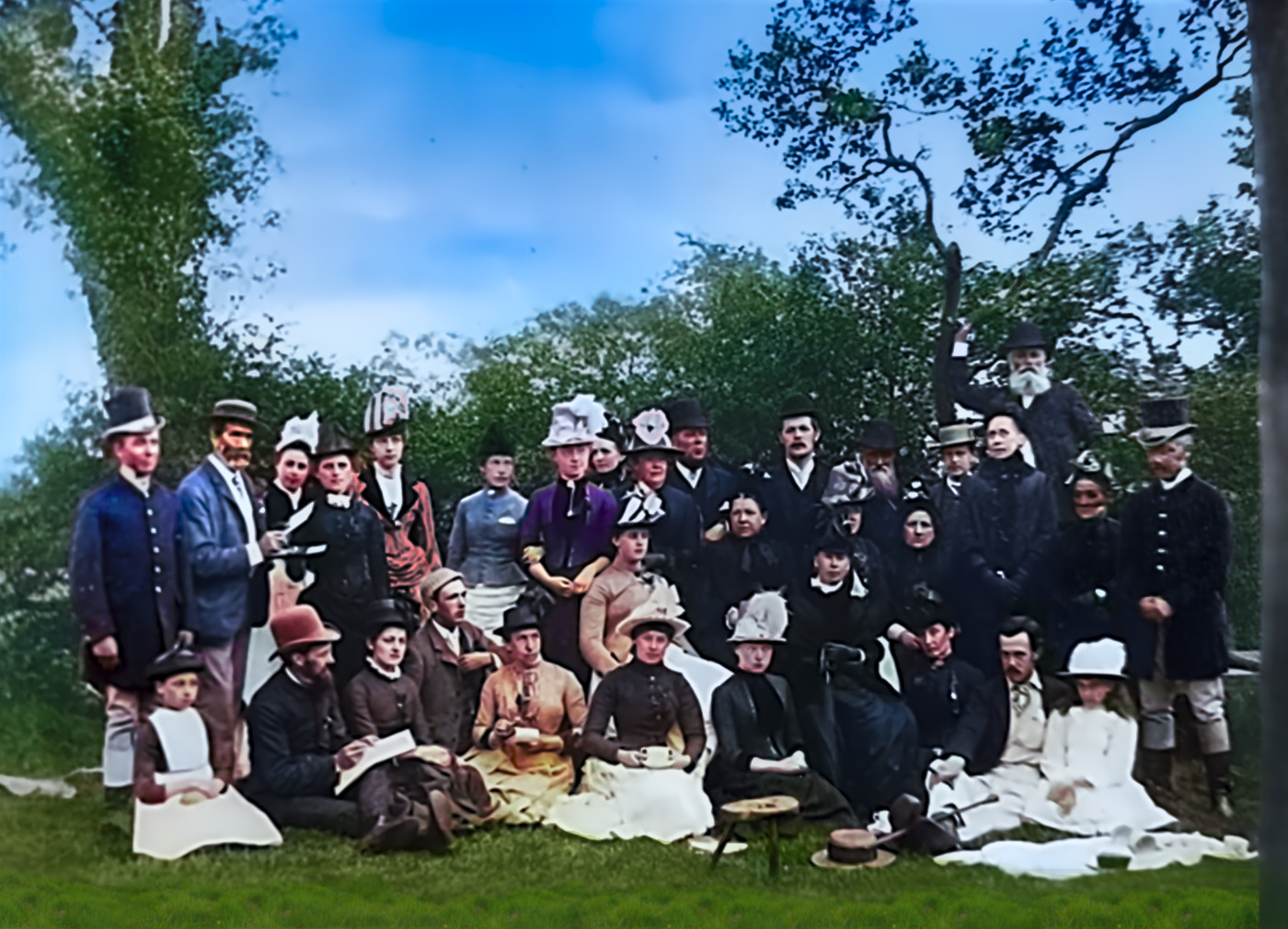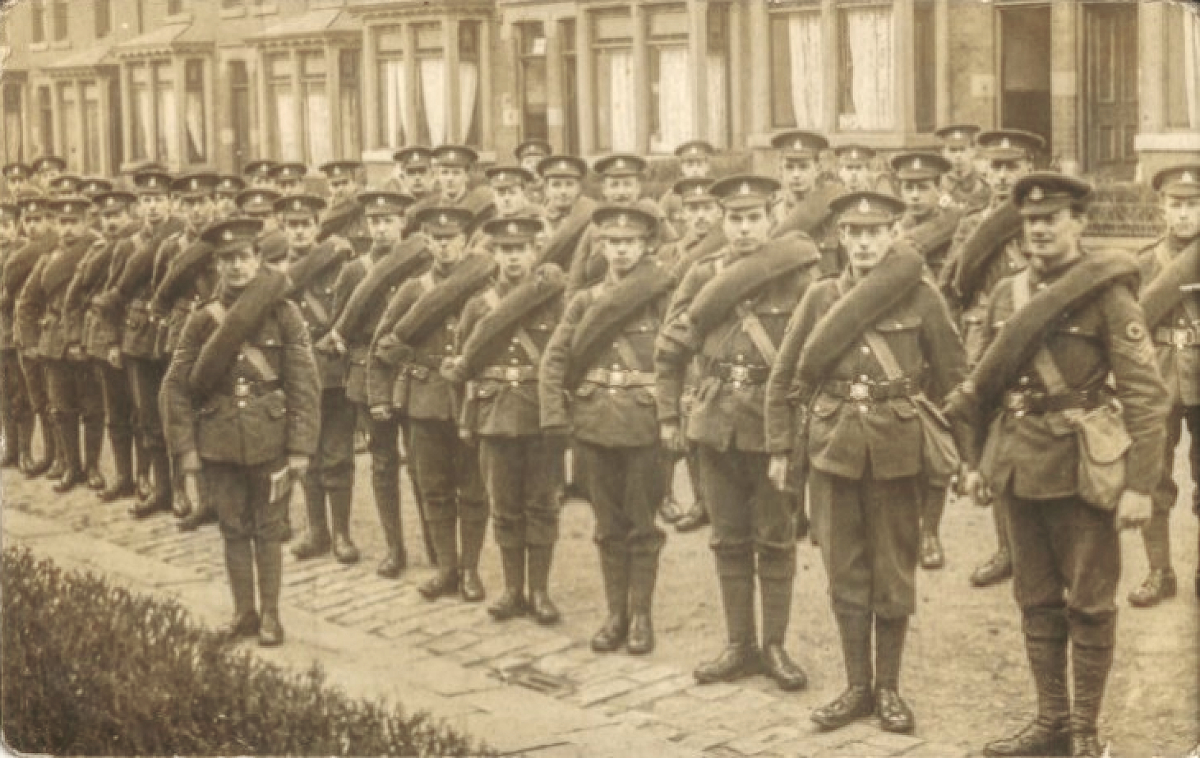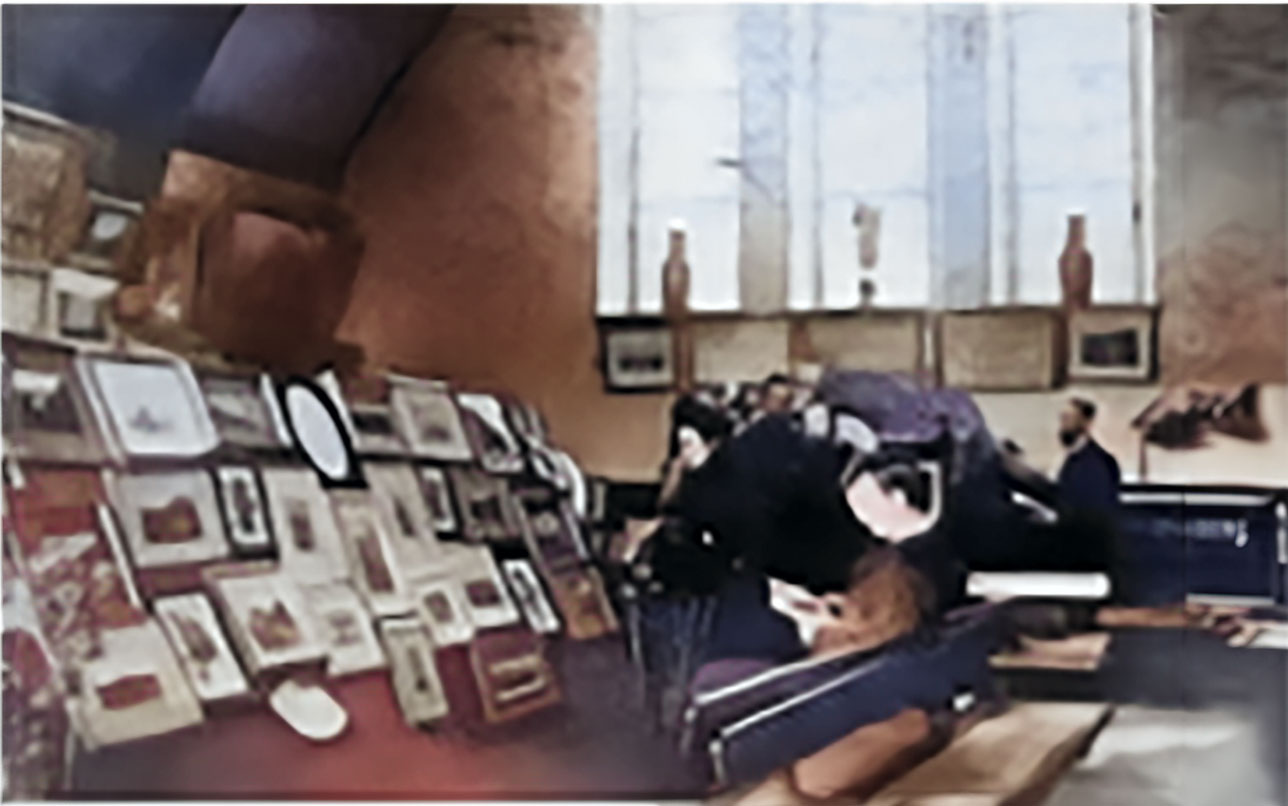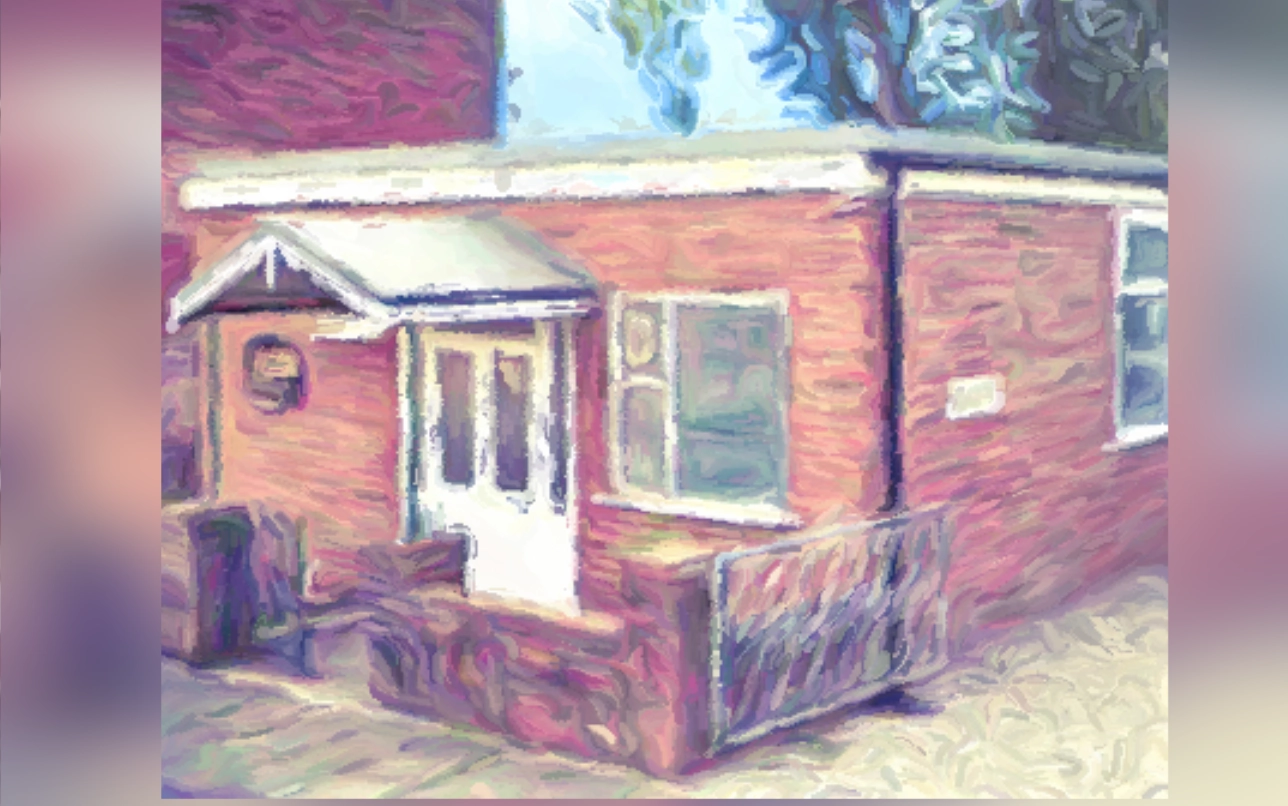Blackpool Art Society
History
The Early Years
In 1884 Mr George Dearden, of 15 Buchanan Street in Blackpool, and five young men (his two sons Joe and Arthur together with H. Wilson, Arthur Moss and J.W. Knott) were moved by a desire to foster the love of art. They met in his snug front room and lamented the lack of art classes and guidance for young artists. Before they separated that night they had created the Blackpool Sketching Club, with George Dearden promising to act as Secretary and Treasurer. The first exhibition was presented at the YMCA Rooms in Church Street.
Around 1886 the club was firmly established and an exhibition of 226 exhibits was held in the Victoria Street schoolrooms. A monthly magazine was published consisting of articles and illustrations by members. Patrons included the Town Mayor, the Marquis of Hartington MP, Sir Matthew White Ridley MP and eminent artists such as Sir Frederick Leighton, Sir A. E. Millais, Sir John Gilbert, and Mr M. Alma-Tadema.

The Grundy brothers played a significant early role. Cuthbert C. Grundy VPRCA served on the Management Committee and as President; his brother John R. G. Grundy RCA was a Vice President. In 1905 the club broadened its scope and became “The Blackpool Sketching Club and Arts and Craft Society,” with the stated aim of furthering culture and encouraging Fine Art in all its branches by bringing together all who love art.
Into The 21st Century
The Society celebrated its 25th year in 1909, though celebrations were tempered by the death of founder member Mr George Dearden. In 1910 President J. Battersby and Mr Grundy conducted sketching parties throughout the summer, including a visit to Southport Art Gallery. In 1913, when Councillor Collins was President, the Grundy Art Gallery in Queen Street opened and the Society was granted use of the gallery for its annual exhibition—a tradition that continues.
The First World War Years
With the outbreak of war in 1914, Blackpool became a gigantic barracks for some 14,000 soldiers. The Society invited soldiers to join Life Classes and continued to hold exhibitions and monthly lectures, often meeting in local cafés across the town.

The Aftermath of World War One
The years following the war were difficult. The Society owed much to Honorary Secretary J. O. Wilde for keeping it running; he was elected President in 1928. In 1920, member C. C. Grundy was knighted for services to art—an honour warmly celebrated by the Society.
The Onset of World War Two and its Effects
During the 1940s, under its wartime name “The Fylde Art Society,” the group benefited from the leadership of Mr Hayes (President 1940–46). As head of the Art Department at Blackpool Technical College, he helped attract notable speakers, including Professor Gilbert Spencer RCA. Lectures frequently used an “Epidiascope” for illustration.
In 1948 the Society adopted the name “Blackpool and Fylde Art Society.” Annual exhibitions at the Grundy expanded to multiple rooms; selection panels included two Society members and one outside practising artist. Winter syllabuses returned, joint meetings with Blackpool Photographic Society began, and Saturday sketching outings and coach trips regained popularity.
A New Studio for the Art Society
Construction of the present Studio began in 1971. Coordinating electrics, plumbing, heating, glazing, kitchen, and furnishings was a major volunteer effort by skilled members. The Studio officially opened on 25 March 1972 by Sir Harold Grime, a long-standing supporter of the Arts in Blackpool. A commemorative palette-shaped plaque marks the occasion in the Studio.

